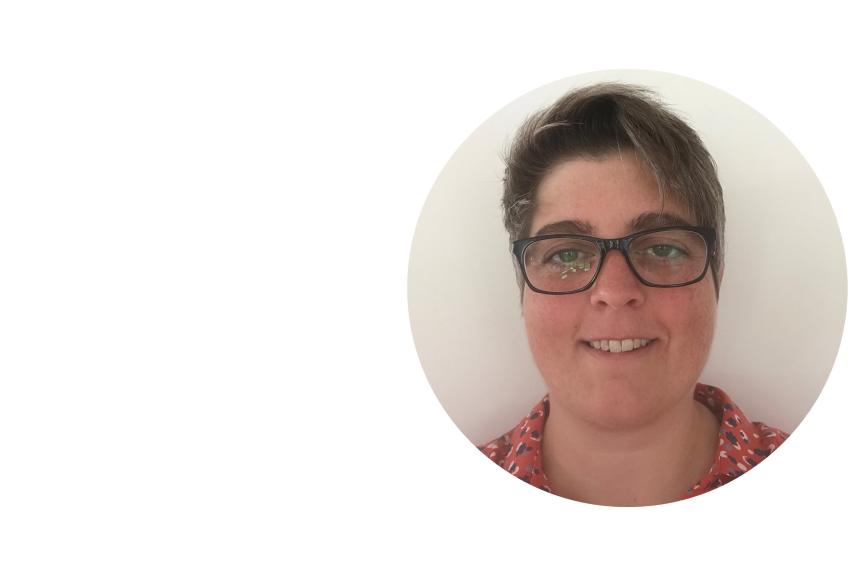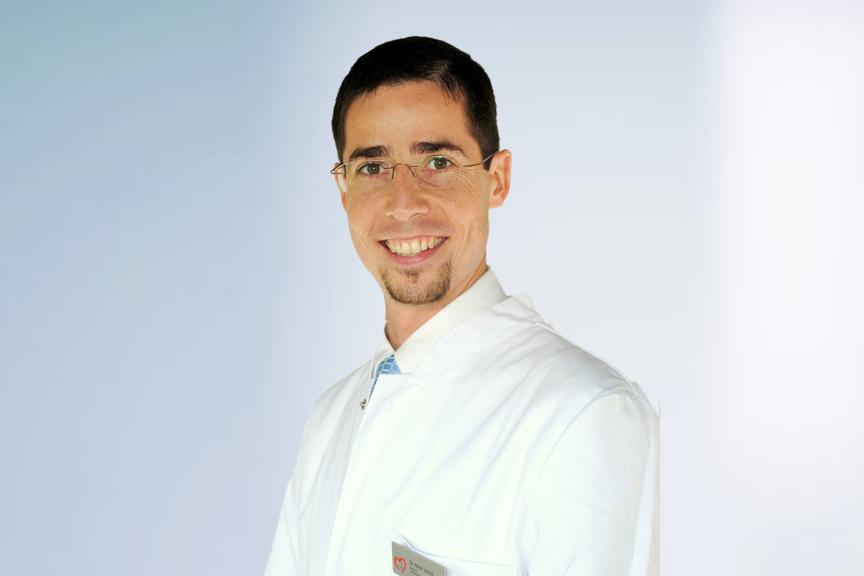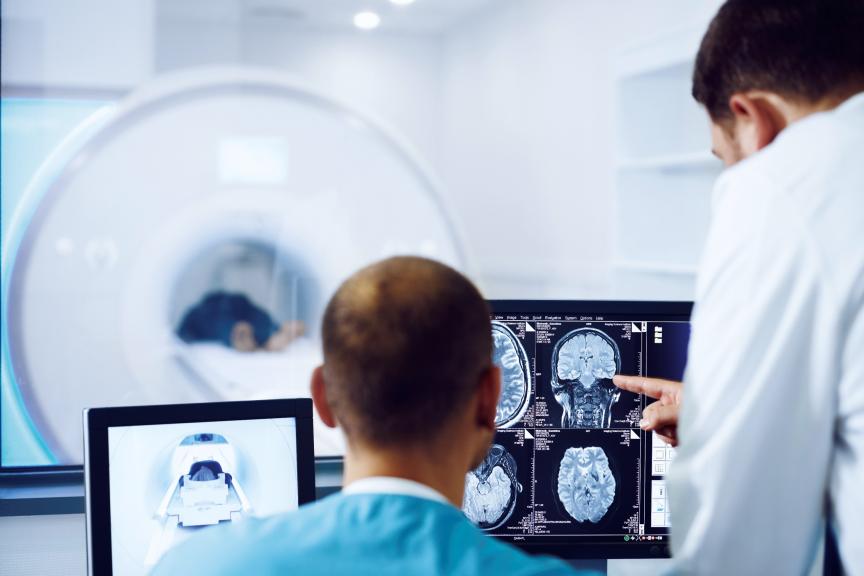The Role of Cardiac Nurses in the Digital Health Era
Why Innovative Treatment Solutions Should Be Designed With the Nurse in Mind

Across healthcare systems, many patients will have their first frontline contact with a nurse—and arrhythmia management is no exception. Nurses perform a wide range of tasks and play an important role, not only in immediate medical care, but in answering questions from patients and relatives, listening to concerns and supporting them in fighting diseases or learning to live with them. “Nurses are often the first point of contact and a pillar of emotional support – that's also a great thing about the job,” says Amy Walker-Weston, a Technical Support Specialist with BIOTRONIK in the UK, who is also a trained nurse and cardiac physiologist. Over her career, she has observed how the nurse’s job has expanded—and how technical know-how is becoming more and more important in the age of digital health. This is true for cardiac nurses in particular. They play integral roles in cardiac device clinics—particularly ones specializing in heart failure—and sift through vast amounts of data to help refer actionable remote monitoring alerts to the cardiologists they work with. But as workloads increase, many nurses feel overwhelmed and undervalued. So, how can we ensure nurses are more satisfied and better equipped to continue their important work of helping their patients?

The specialist nurses I’ve worked with know their patients so well. They know their patients often prefer to stay at home and that remote monitoring improves their clinical outcomes at the same time. That feeling was only amplified during the pandemic.
The Digital Health Era’s Opportunities and Challenges for Nursing
“The specialist nurses I’ve worked with know their patients so well,” says Walker-Weston. “They know their patients often prefer to stay at home and that remote monitoring improves their clinical outcomes at the same time. That feeling was only amplified during the pandemic and nurses started scheduling more frequent downloads while patients began monitoring their own weight and fluid intake. That helped make sure only those patients who really needed to come in came in. Nurses are definitely aware of how important this new age of remote monitoring is.”
But the new digital health era also brings challenges for nursing, beyond dealing with vast amounts of data. Heart failure clinics work with several systems, each with their own characteristics. Furthermore, a device implanted four years ago could have very different monitoring capabilities than a device implanted four months ago—even if both are made by the same company. That’s why it’s important to invest in more automated data analysis tools, as well as the right training. Both can also make a difference when it comes to what systems a hospital opts to use.
How AI and Automated Data Analysis Can Make Work Easier for Clinical Staff
“We have about 12,000 patients. We have a very high compliance with remote monitoring, but that means we get a lot of data,” says one cardiac nurse at a busy device clinic in the US who works often with BIOTRONIK. “So, anything that helps us triage and get to those patients who need attention the soonest is really a huge part of what we need support in, and filtering through so much data.”
As Naveed Khan, BIOTRONIK’s Director of Commercial and Business Development for Digital Health, wrote recently, enabling healthcare providers to focus on the most useful and actionable information will only become a bigger part of industry’s responsibilities as digital health evolves.
The benefits of well-managed patient data can be enormous. Heart failure nurses monitoring the data sent to their clinics can reach out to patients directly. Sometimes the explanation for an alert may be simple and the case can be resolved quickly and easily—with enough early warning to prevent the problem from getting any worse. Examples include the patient having forgotten to take their medication, or having taken something for another condition they didn’t know could affect their heart failure.

For any therapy solution, and especially remote cardiac care, it is very important to have buy-in from cardiac nurses, because they are doing so much of the device follow-up, both in-person and remotely.
It Doesn’t Work Without the Buy-in From Cardiac Nurses and Adequate Training
For any therapy solution, and especially remote cardiac care, it is very important to have buy-in from cardiac nurses, because they are doing so much of the device follow-up, both in-person and remotely,” says Heather La Bore, Senior Manager of Training & Education for BIOTRONIK in the US and a trained nurse. “If cardiac nurses are not adequately trained or find the technology cumbersome to use, they will definitely advise the implanting physicians who rely on their support.”
As digital health evolves following the worst of COVID-19, Walker-Weston says a cardiac nurse’s job will also continue to develop. “The role of the specialist nurse is increasingly invaluable. Nurses I’ve worked with have always seen the benefit to treating patients in their own home, and monitoring facilitates this,” she says. “Nurses have a huge range of medical knowledge and compassion that makes them perfect for patient care. They also want to improve services while keeping patients as the central focus. All that means they can be great advocates for technologies like remote monitoring—if they have the right training to make the most of what the technology can offer.”
Appreciation and Gratitude Are Well-Received
That’s why, as monitoring technology keeps advancing, it’s particularly important to make sure new tools and innovative treatment solutions are designed with the nurse in mind—alongside the interests of both cardiologists and patients. It’s also crucial to make sure training is available, to ensure nurses are empowered to make the most of the early alerts remote monitoring can provide.
Finally, the next time you talk to your nurse, show a sign of appreciation for the important work they do – it will be well received!
If you want to find out more about available training and education opportunities for your team, visit our dedicated training page.




















